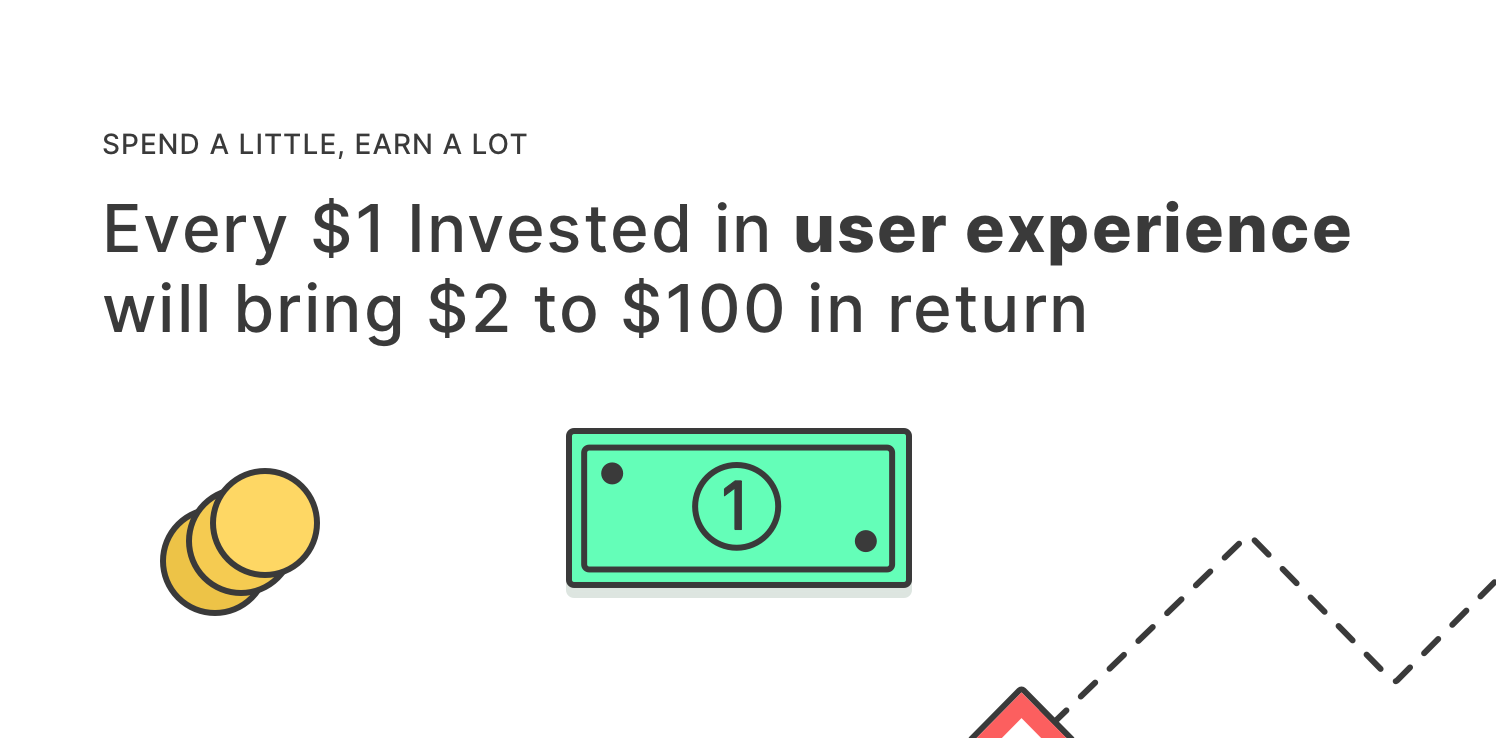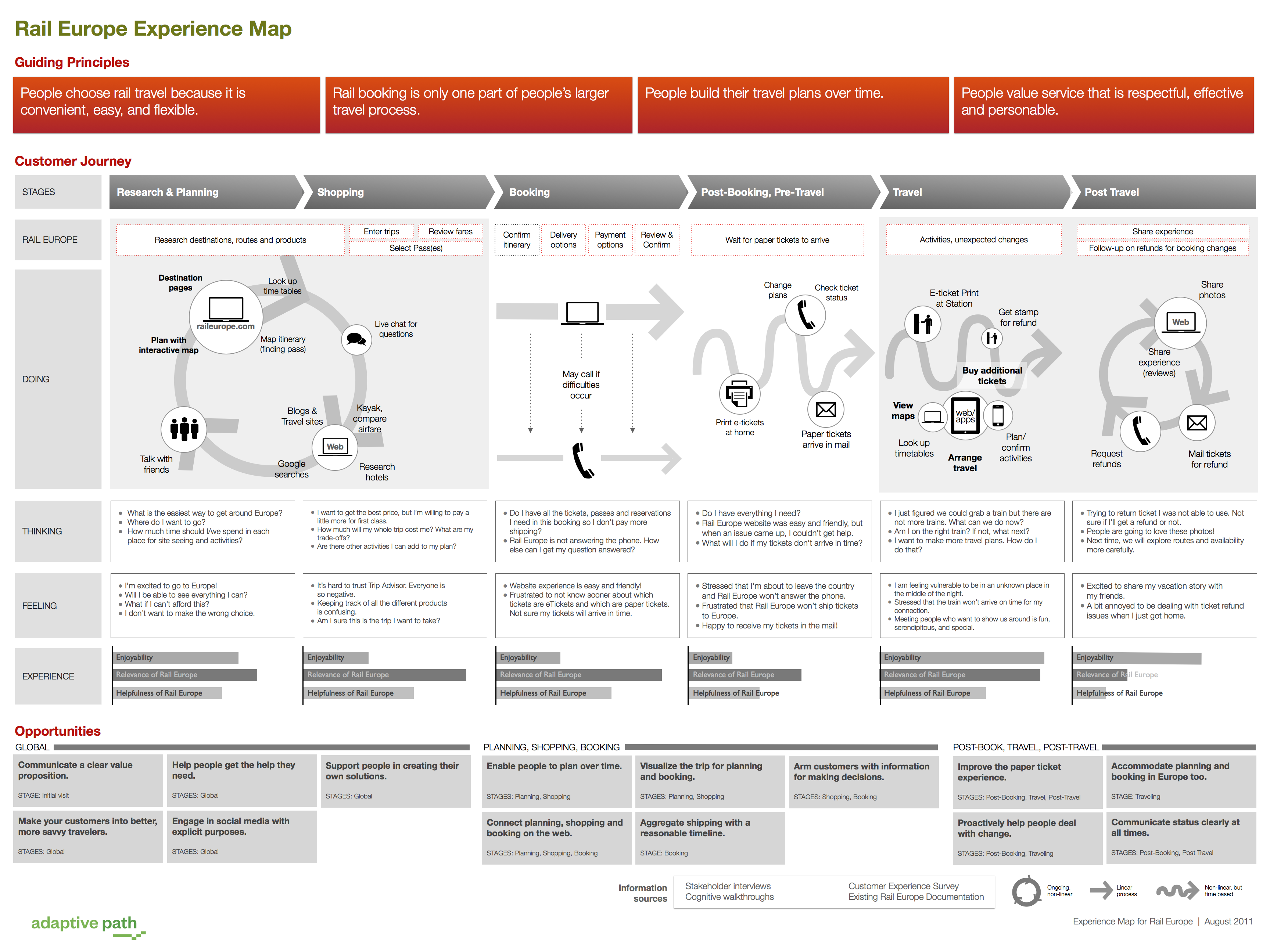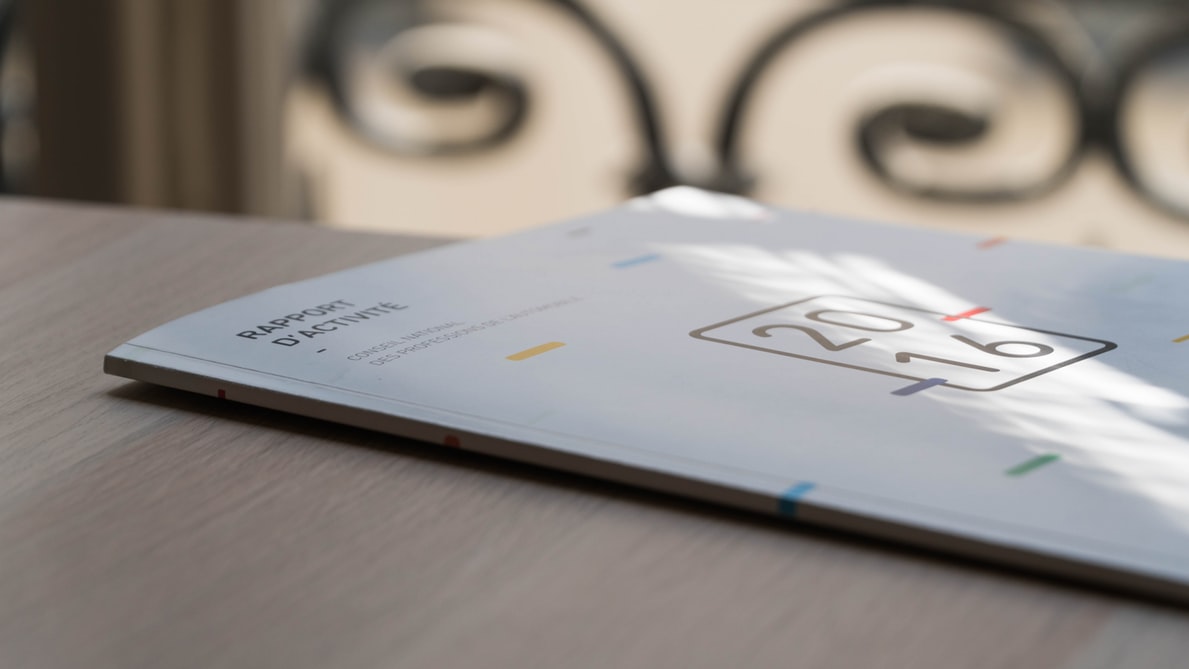
Often, when a team works too long on a product, they start losing sight of the details and their attention is distracted. That’s where the external UX experts step in: to review the work and find blind spots.
A design audit is similar to a financial audit: even though you think everything’s well, you’ll sleep better after a double-check.
In this article, we’ll dwell on the value of UX website audit, its types, and phases. What’s more, we’ll give you a UX audit checklist to identify all usability challenges with a direct impact on users' experience.
What is a UX audit? What kinds of usability audits are there?
User experience audit is a process that allows you to perform an expert analysis of your digital product—be it a website, mobile, or desktop app— depending on how the user interacts with your app. A proper UX audit helps in several areas:
- Detecting a product’s bottlenecks.
- Looking at the product with the new eyes.
- Defining opportunities and improvements.
- Building a product strategy.
How Can UX Audit Be Helpful for My Product or Business?
According to Andrew Kucheriavy, Founder and CEO of Intechnic, “every dollar invested in UX brings 100 dollars in return”. Just imagine, sounds like a fairy tale: You invest one dollar and get one hundred dollars in return. But we won’t believe ambitious statements until we prove it ourselves.
Source: Forbes Technology Council
User experience is a process of user interaction with your website, app, or device. The simpler and more intuitive this process is, the more satisfied your customer will be. UX design is a field that improves this process and simplifies complexity. As a result, your business will spend less money on client acquisition and client retention, and your customers will be more loyal to your product.
We like the solid and detailed research of McKinsey in "The Business Value Of Design" which expands on the points already mentioned. The main point of McKinsey’s report is impressive: companies who invest in their product design, design processes, and design teams, perform better than those who don’t. The research is based on real metrics: the company revenue, ROI, and total shareholder return (TSR) have grown after the improvement of design processes.
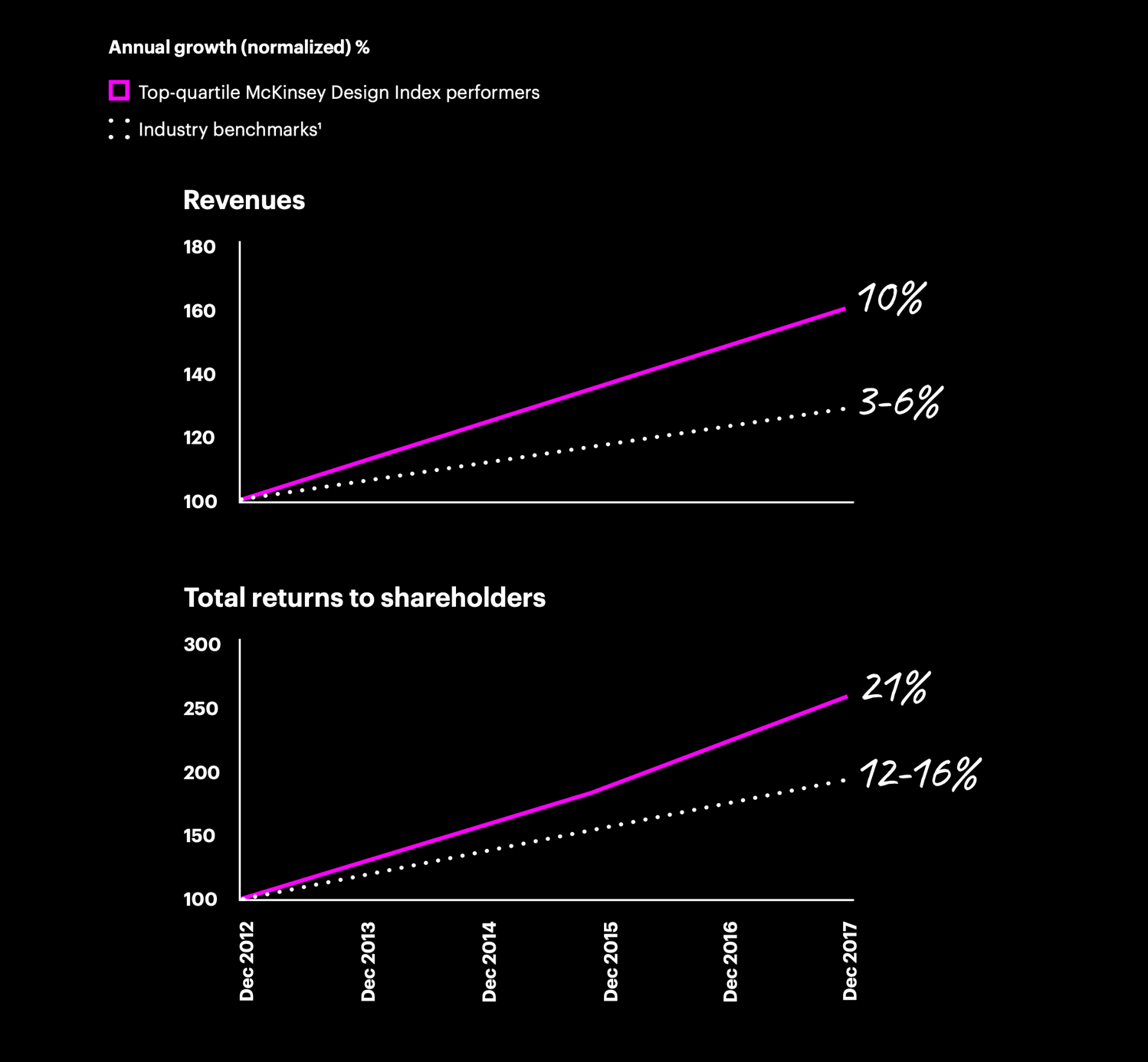
Source: McKinsey
Key benefits of conducting a website or app UX audit include the following:
- New product perspective. We see the flaws you might not notice because you know your product too well. Thanks to our vast experience with dozens of mobile and web software projects for customers across businesses, we've gained a broad perspective on the market and problems that entrepreneurs face daily.
- Cost savings. We provide a detailed report containing UX improvement roadmap as well as suggestions regarding the value of your software. You will prepare only the necessary additions and features and then start the development phase. No wrong decisions taking your product in the wrong direction. No wasting time and money on costly programming work.
- Profit increase. Website UX audit improves the value proposition of your solution. Users will understand your product faster, which will result in a higher net promoter score, lower churn rate, and an increased number of referrals.
When Do you need a UX Audit Service?
Usually, you will need an app or website usability audit in one of the following cases:
- You have a new design to validate. You can iterate your product design before development making changes that will not cause significant time and budget losses.
- You have new features to implement. Launching a new feature, verify if your users understand its purpose and can navigate it easily.
- You need to redesign your website or app. UX audit helps to assess which user flows already convert customers.
What Phases are Involved in a UX Audit? What Does the Client Get as a Result?
There’s no strictly defined methodology or procedure when conducting a UX audit, but the main steps and stages are similar. The exact approach you choose, its complexity, and the number of steps—will depend on product type, size, business goals, and user data. Based on these parameters, the audit can involve the following phases:
1. Requirements Gathering / Review UX Business Goals Document
At this stage, the team of researchers should stand in the customer’s shoes and understand the key objectives to be reached with the UX audit.
It’s critical to synchronize with the client’s team and to ask the right questions. Only then can you find a really useful solution that will have a positive impact on both business and users.
UX audits are typically conducted for existing products, which means that there’s already a team involved in the business development strategy, and product vision—they are called stakeholders. You should invite those people to the initial stakeholder interview, which can be conducted either verbally or in written form—by filling in the requirements gathering document.
Source: Unsplash
This phase of the UX audit involves three parts:
- Preparation for the interview, inviting stakeholders, creating a list of questions.
- Conducting interview online or verbally.
- Analysis of the results, detecting repeating questions, documenting the answers.
As a result of the first step, we get the final document which helps us understand how stakeholders see their project from the business standpoint, which business metrics need to be improved, who their product’s users are, what are the pain points in the current product.
2. Working with Analytics
Depending on the type of audited product, various analytical tools can be used. For example, if you make a UX audit for a website or a web app, you can use Google Analytics, HotJar, or Metrica. If you need to make an audit for a native mobile app (iOS, Android), the toolset can include AppSee or Firebase.
Source: Unsplash
Before you start working with the analytics, you need to review the current metrics. First, find out whether the client has used any analytics at all.
You’ll be surprised at the number of businesses that do not work with data. They are either not gathering any, or not analyzing what they have. In these cases, you should make sure that you’ve set conversion goals in analytics; if not, you have to set them.
In some cases, clients have extra data available, such as heatmaps, scroll maps, visitor recordings, funnel analytics, form analytics—these can be extremely useful.
As a result of working with analytics, we can ascertain:
- Pages or screens with the highest conversion rate.
- Pages with a lot of traffic but a high bounce rate.
- The most popular landing pages. That’s the pages where a user starts interacting with your website. You should focus on whether they are useful, logical, and intuitive enough for the user to work with your website or app. Undoubtedly, relevant content also plays a huge role—the user is always looking for such content.
- Weak points in the customer journey; working with analytics at this stage, will help you to build CJM in the future.
- Strong points in the customer journey that we should focus on.
Tools to Use
We use various analytical tools depending on the type of audited product:
- Google Analytics, HotJar, or Metrica for both app and website user experience audit.
- AppSee and Firebase – for a native mobile app (iOS, Android) UX analysis.
3. User Research Phase — Defining User Personas, Their Goals, and Pain Points on the Way to Completing the Goals.
At this phase, we define user personas, understand their goals and pain points. In order to study product users, we conduct product development workshops with a mixed team of UX experts and product stakeholders. As a rule, we invite the UX professionals from our side (a business analyst, a designer, a workshop facilitator, etc.) and the stakeholders from the client’s side.
Source: Agente
The client's team can include product owners, developers, project or product managers, sometimes even business owners or top management.
Usually, the user research phase is used in the projects that are being developed, in order to clearly portray the user for whom the product is yet to be created.
In the case of the UX audit, this phase is useful when studying existing users and their behavior. It helps you to visualize user needs, search for new opportunities, and find places where the interaction with the product can be further improved. In other words, it helps to refresh the memory of our typical user, what we know about him, and why and how he uses our product.
While conducting UX workshop, we have several internal activities – creating a proto persona, user scenario mapping, customer journey mapping.
3.1 Proto Persona Forming.
This is a basic exercise that helps us understand who our users are, the goals they have, and how they solve them. In order to carry out this activity, you need to stock up on a large number of post-it notes, preferably of multiple colors, some highlighters, clean sheets of A4 paper, and some large surfaces (such as a whiteboard or even a wall) where all this can be glued.
Identification and segmentation. First, participants define all possible people who might use the system and group similar personas together.
Demographics and the environment. Then, we assign demographical attributes to each of the groups, defining their age, gender, location, education, hobbies, etc.
Goals of using the product and the problems solved with it. Here, we define the typical goals for each of the groups and the reasons they use this product or service.
Creating proto-persona cards. In order to consolidate the information in the tangible profiles, we create the proto-persona cards where we generalize the main characteristics of each persona.
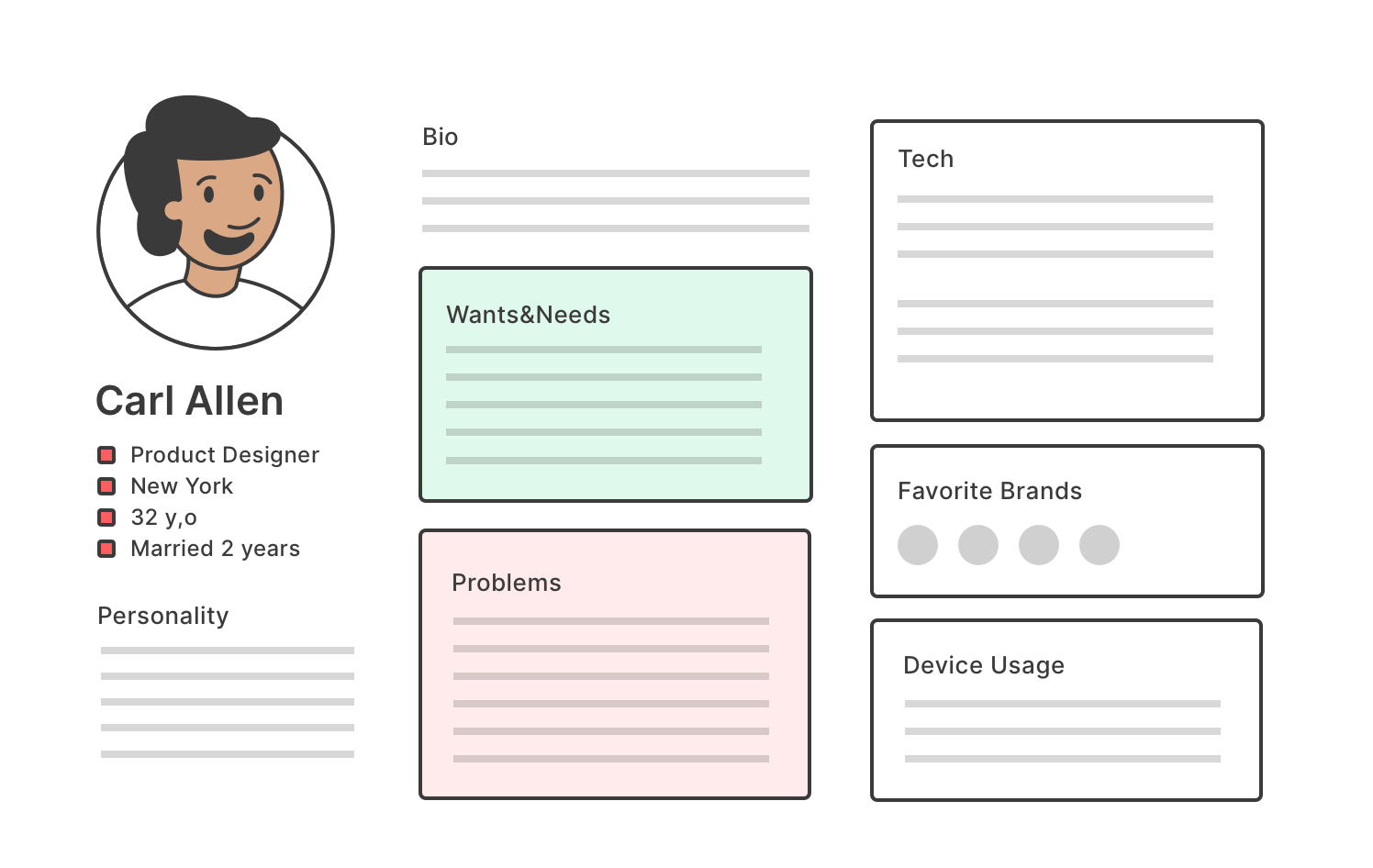
Source: Agente
3.2 User Scenario Mapping.
After we are done with the portraits of our users, we need to understand how they solve their tasks with the help of your product. The best way to do that is with story mapping.
As a rule, we use this exercise for defining potential user actions, e.g., the ideal scenario of interaction with new features or a new product. In a UX audit, this method describes how the existing user interacts with the product.
The process can be split into several steps:
- Create a proto persona.
- Define the main steps of the persona. It’s important to focus on what they are doing rather than on how they do it.
- Under each of the steps, the participants place post-it notes with their commentaries, questions, and ideas. It’s better to use a separate color for each of the commentaries.
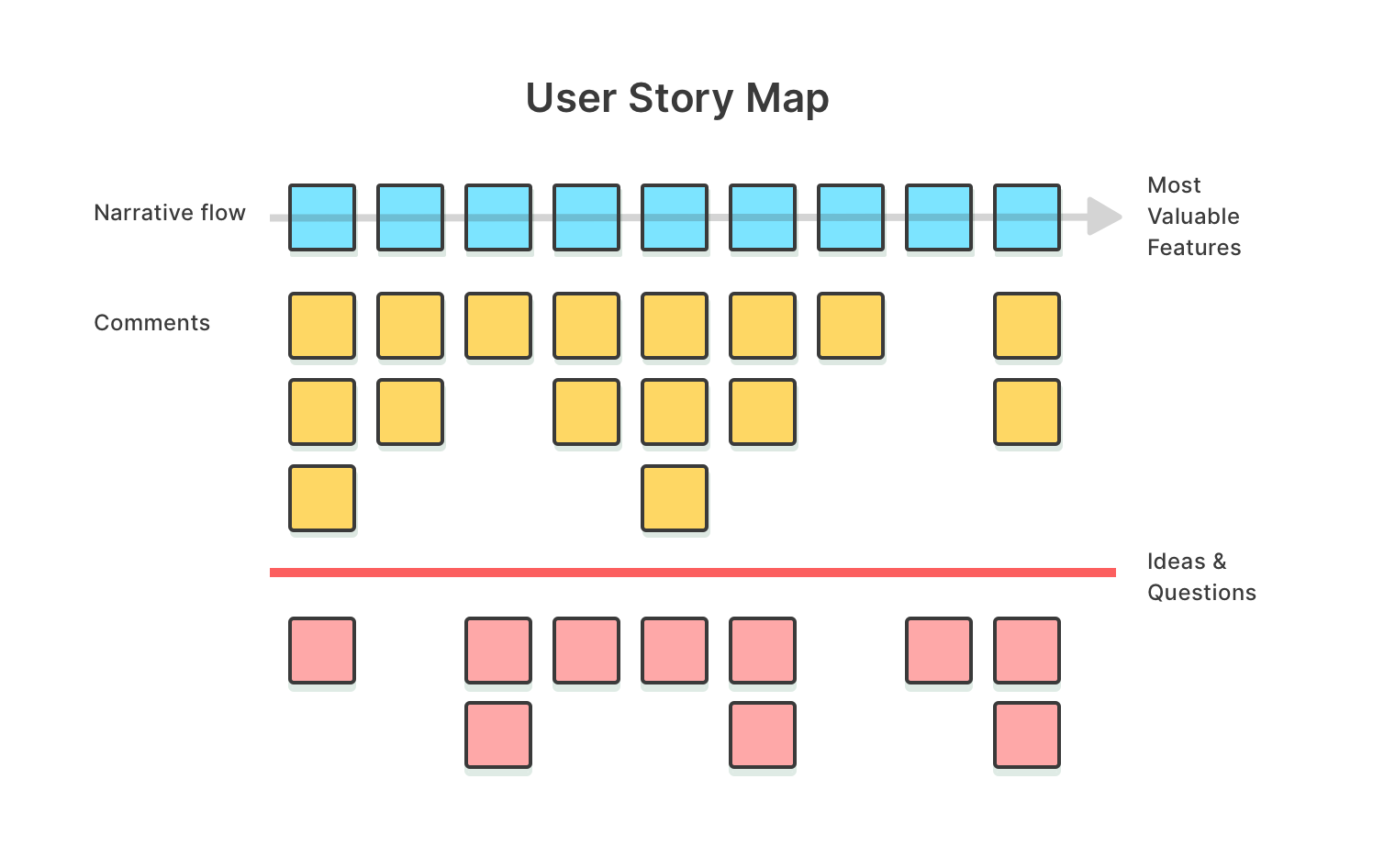
Source: Agente
The result of this activity is a structured list of questions, suggestions, and ideas. We can use it in the future to improve some screens or sections of a website or a mobile app if it already exists. If the scenario mapping takes place before the product is released, this exercise helps us to understand the information map or app’s structure, user flow, and UI screens at the top level.
3.3 Customer Journey Mapping.
This process is very similar to user scenario mapping, but it allows experts to study the user journey to the goal (or several goals) in more detail. CJMs help to visualize user interaction with your product by showing the emotions—positive or negative—the user has experienced along the way.
In the course of the CJM workshop, participants create a customer journey map by documenting the current user interaction with your product.

Source: Agente
The customer journey map consists of three main zones:
Zone A - assigning the persona, its goals, and the scenario that the persona follows
Zone B - interaction zone, where we define the main steps within the scenario, emotions that the persona feels, as well as thoughts, feelings, pain points, likes, and dislikes.
Zone C - ideas and insights zone, where we bring together all the ideas and suggestions that help us improve user interaction with our product.
The maps can be very simple or very complicated. The latter includes various environments where the user interacts with the product. The level of complexity and details, as well as the length of the user journey, can be managed.
Source: Rail Europe
As a result of the CJM workshop, we get a list of ideas and insights on UX improvements. We can use these outcomes as an action plan for the design and development teams.
4. Design and Usability.
In this phase, the main goal is to analyze the visual interface and understand whether it is easy to use. The result can be achieved in several ways:
- Usability testing can be done in two ways. You can either run the moderated lab-based research with real users involved, or you can conduct a remote moderated testing via specific platforms, such as UserZoom or UserTesting.
- The expert design review with the heuristics evaluation method, using ten usability heuristics by Nielsen Norman Group.
5. Making UX Audit Report.
In this phase, an auditor analyzes the results of the previous activities and comes up with solutions for improvement. Then an auditor compiles a multi-page report with descriptions of all the phases and their outcomes. Each section of the report is followed by an exhaustive list of recommendations.
Insights and findings are analyzed to prepare short- and long-term solutions to improve your product’s design and usability.
Usually, our UX site audit report contains the following sections:
- Executive summary.
- Methodology. The report lists behavioral (quantitative information) and attitudinal (qualitative information) metrics employed in the UX audit. The most common UX audit methods include competitive analysis, usability tests, proto persona construction, user scenario mapping, customer journey mapping and heuristic evaluation.
- Test results where we describe our findings in detail.
- Recommendations on design flaws with a severity rating.
Source: Unsplash
There’s no strictly prescribed format for the UX audit report, for the simple reason that its size and its structure depends on the complexity of the project, its size, and the activities that have been completed during the audit.
How much does the UX audit cost? How long does it last?
The cost and duration of UX audits can significantly differ. An audit can take from several weeks to several months, depending on the range of parameters, such as:
- The size and type of the company and its expertise.
- The complexity of the project and the level of detail.
- The applied methods of research.
- The quality and complexity of the final report.
For example, you can find simple UX audit offers on the market that contain only the analysis of visual UI and usability. Yet, the audit can be complex and detailed, with the high-profile lab-based user testing and technical improvement recommendations. The cost may vary from $5,000 to $100,000.
What tools can be used for the UX audit?
- At the stakeholders’ interview phase, we use Google Spreadsheets or Google Forms, as well as Zoom and Meet for videocalls and office productivity suites.
- Working with analytics, we use Google Analytics, HotJar, or Yandex.Metrica.
- At the user research phase, we use post-it notes, highlighters, and whiteboards. However, when there’s no opportunity to meet face to face, we use online tools for collaboration, such as Miro or MakeMyPersona.
- At the usability research phase, we work with the app in its environment—web or mobile—and write down our ideas and commentaries in Google Docs.
- The final report is created as a simple document in a text editor. Then it is converted into a well-structured branded report in Illustrator or InDesign.
How would using UX audit on websites help increase web traffic?
UX audits are meant to help you fine-tune user flow and website processes which will result in better engagement and sales.
Usability audits improve your overall site metrics and that is a signal to Google to start ranking your website higher so positive SEO impact. The higher the ranking, the more organic visitors come to your website. Once a visitor starting enjoying the website chances of becoming a customer improve.
How to approach E-commerce UX Audit?
We conduct UX audits on e-commerce websites to help our clients find out why they are losing conversion and to troubleshoot their user flow. Ux analysis and assessment involves covers the following areas:
- Mobile device optimization.
- Homepage and category navigation.
- Product details pages.
- Product lists and filtering
- On-site search
- Check out process.
The most common usability issues include:
- Seemingly empty homepages
- No “Clear” button
- Unclear navigation
- No thumbnails for list items
- No “Recently Viewed” items
- List items taller than half the screen height on mobile versions.
Final word
Without a doubt, a real UX Audit will dive even deeper than described here. Hopefully, this outline of the common phases and activities will help you get a glimpse of what companies offer under the “UX audit as a service” label.
Any questions left? Drop us a line to see how Agente can help your product with UX audit to improve conversions and operate at peak performance.
Rate this post!
721 ratings, average ratings is 4.5 out of 5
Related Posts
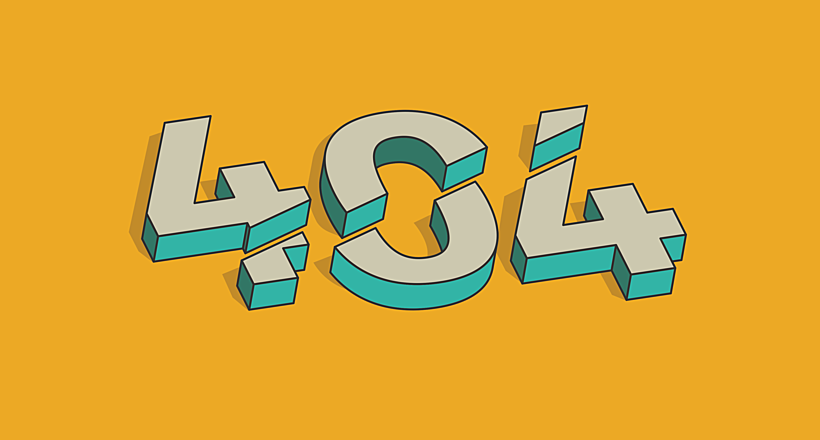
05 January 2024
10 Best 404 Error Page Designs for 2024
In our new blog post, we review the best 404 page design examples of 2019 that will never disappoint you even if you meet the dead end on the website.
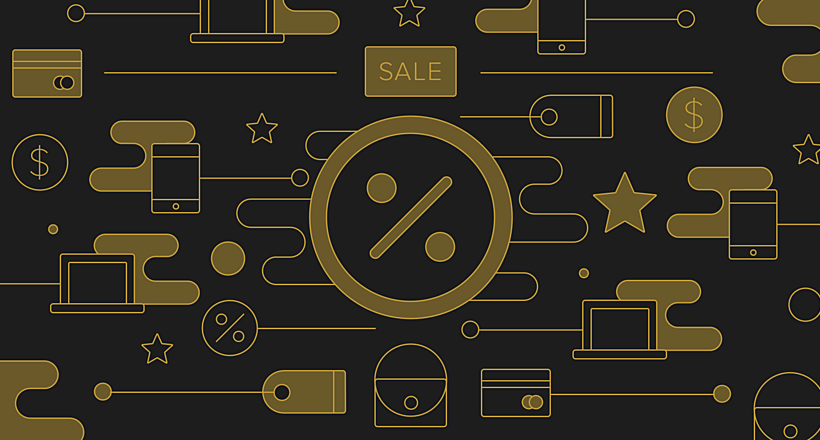
20 October 2020
How to Design a Website For Black Friday & Cyber Monday?
In this article, we will talk about how to create an attractive and selling website design for Black Friday and Cyber Monday. Let's take a closer look at each step of creating such a website.

01 October 2020
Your Ultimate Guide to Successful User Experience Research
Your UX Research step-by-step guide to benefits, approaches, methods, tools, conferences, and influencers.
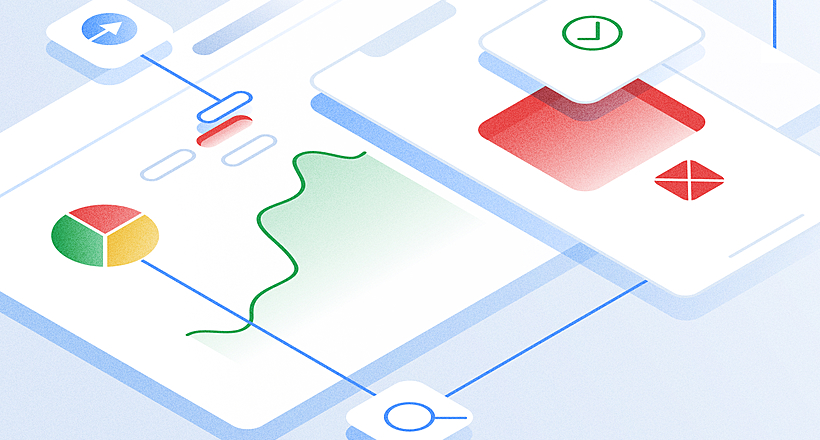
What Is a UX Audit and How Does It Help In Pandemic?
For those businesses that rely heavily on the customers from the internet, it is the time to make sure their brand touchpoint on the internet works well. That’s where the UX audit comes into play because it is one guaranteed way to find out whether the website or app performs at its best.
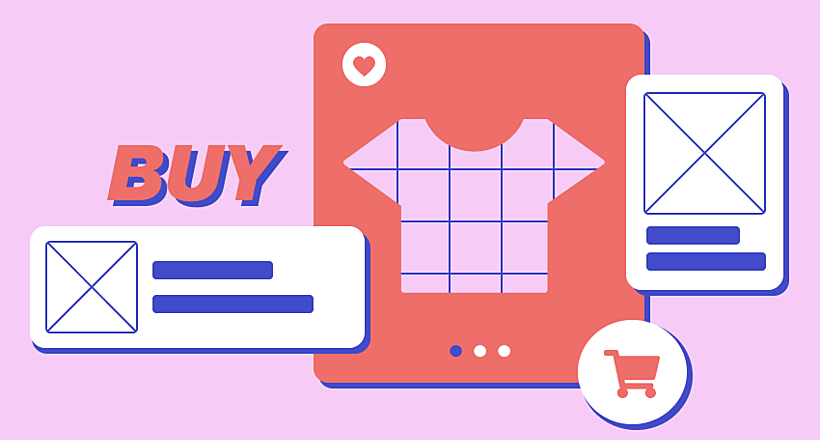
How to Improve Online Shopping App Design for Better UX | Agente
Dissecting shopping app UX design: how to make your design work and provide a superb user experience.
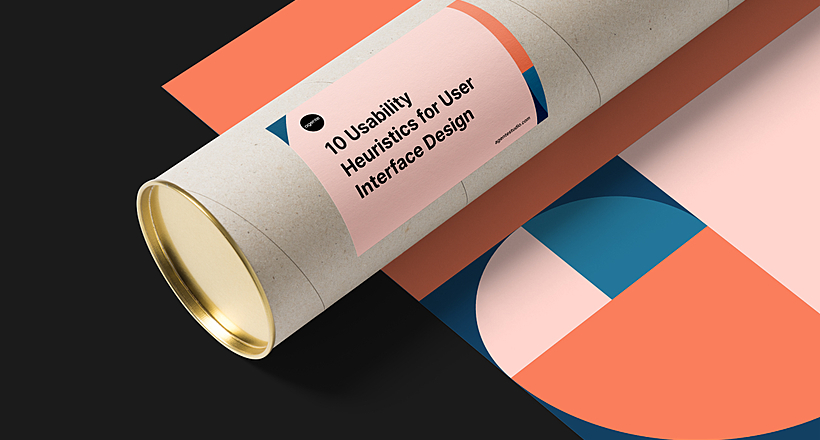
11 December 2019
Ten Usability Heuristics: Set of UX Posters by Agente
Agente design team would love to introduce a set of free posters for office featuring 10 usability heuristics for user interface design.
Let's talk
Is there a challenge your organization or company needs help solving? We’d love to discuss it.

Managing Director, Partner
Andrew Terehin

Thank You!
Your message has been successfully sent.
We will contact you very soon.
